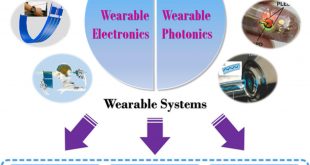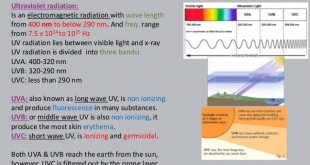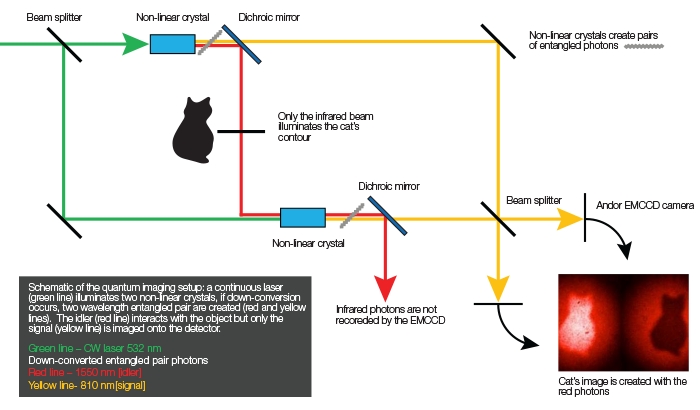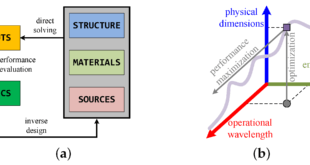Currently, old-style personal Medicare techniques rely mostly on traditional methods, such as cumbersome tools and complicated processes, which can be time-consuming and inconvenient in some circumstances. Furthermore, such old methods need the use of heavy equipment, blood draws, and traditional bench-top testing procedures. Invasive ways of acquiring test samples can …
Read More »Optical Networks Vulnerabilities and Security threats
Optical networks are vulnerable to several types of security breaches or attacks, typically aimed at disrupting the service or gaining unauthorized access to carried data, i.e., eavesdropping. Depending on the aim of the attack, security breaches can induce financial losses to the clients or cause network-wide service disruption, possibly leading to huge …
Read More »Technical risk management
All organizations face uncertainty. The effect this uncertainty has on an organization’s objectives is referred to as “risk.” The challenge for management is to determine how much uncertainty or risk to accept and how to manage it to an acceptable level. Risk management includes the strategies, processes, systems, and …
Read More »DARPA Cornucopia to produce palatable food from microorganisms for soldiers
With nutritional status being central to success in battle, food technology has long been considered an enabler for military operations. Food technology has been instrumental in ensuring that troops remain “fit to fight”. Early military leaders realised that how well their men were fed played a crucial role in success …
Read More »Distributed quantum sensor networks
The overarching goal of quantum information science and its enabled emerging quantum technologies is to demonstrate capabilities beyond what is allowed by their classical counterparts. Sensing is an arena that quantum technologies can achieve advantages over classical sensing technologies for practical applications in the near term. Quantum metrology studies the …
Read More »Military applications of Ultravoilet spectrum becoming feasible with Technology breakthroughs
The electromagnetic spectrum is a series of frequencies ranging from radio waves to microwaves, visible light, X-rays, and gamma rays. As the wavelength of the electromagnetic radiation shortens, the waves have a higher frequency—how quickly electromagnetic waves follow each other—and therefore more energy. Ultraviolet (UV) is electromagnetic radiation with …
Read More »Quantum Imaging technique can have military applications, US and China racing to deploy quantum ghost imaging in satellites for stealth plane tracking
Today, we are witnessing the second quantum revolution, where quantum states, which can exhibit superposition and entanglement, are harnessed for quantum technological applications. Quantum Sensing exploits the high sensitivity of quantum systems to external disturbances to develop highly sensitive sensors. Breaking the limitations of today’s established imaging schemes is a …
Read More »Space risks to Astronauts in Deep missions
What exactly happens to the body in space and what are the risks? Are the risks the same for astronauts who spend six months on the space station versus those who may be away on a Mars mission for years? The simple answer is “no.” NASA is researching risks for …
Read More »Inverse design in photonics
The design of digital circuits is currently dominated by hardware description languages such as Verilog and VHDL. This automation of circuit design has enabled the development of modern computer processors with billions of transistors. Integrated photonic devices, on the other hand, are still designed by hand. A designer first picks …
Read More »D-Wave’s 5000 qubit Analog quantum processor handles 1 million variables for large-scale, business-critical problems, now plans gate-based quantum computing
D-Wave is the only company selling large quantum computers. It sold its first system in 2011 . The earlier D-Wave 2X™ quantum computing system featured a 1000+ qubit quantum processor and numerous design improvements that resulted in larger problem sizes, faster performance and higher precision. “Breaking the 1000 qubit barrier marks the …
Read More » International Defense Security & Technology Your trusted Source for News, Research and Analysis
International Defense Security & Technology Your trusted Source for News, Research and Analysis







